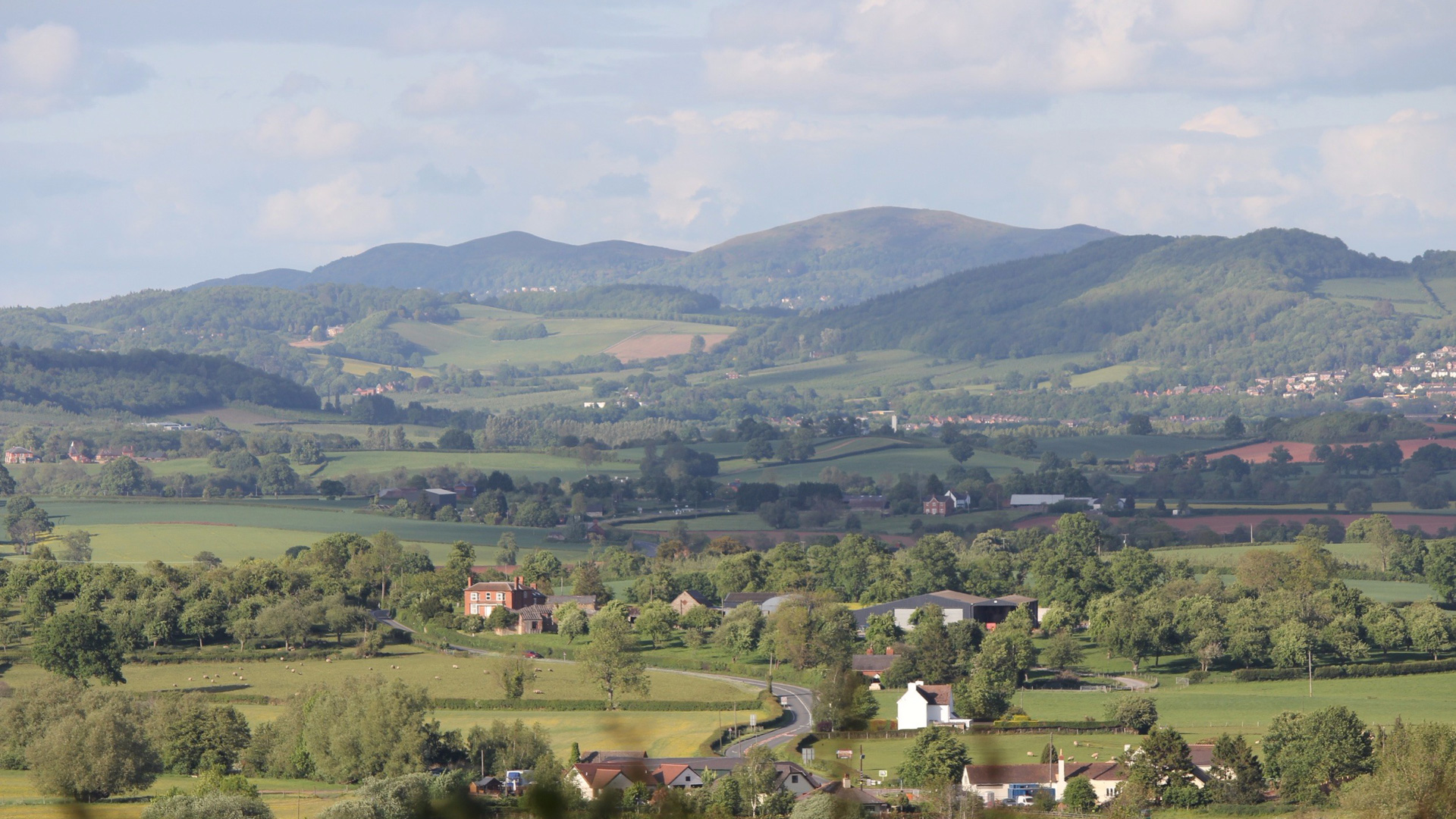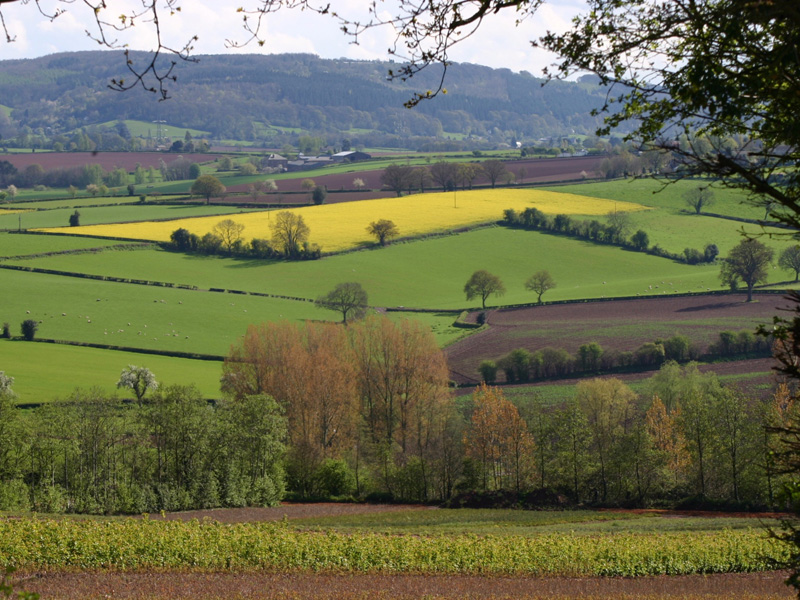“This is England.” I do not know why I am so overwhelmed with that emotion whenever I visit Herefordshire, particularly that part bordering on Wales. I do not live there. I do not come from there. But the beauty of the vistas, the stillness of the nights, the friendliness of country people, the pretty pubs by the river, the stone cottages behind rioting hedges, the hardy brown cattle that are named after the county, the long walks, the smell of wood fires on chilly days – they have the effect of neat spirits, instantly suffusing me with feelings of warmth and wellbeing.
I first came to this area as a university student, riding a 49cc Honda moped. The moped would not be my vehicle of choice for seeing Britain: it has none of the glamour of a proper motorcycle but all of the discomfort. I had just come from a great, stone barracks of a youth hostel, over the border in Shropshire. I was heading for the ghost-infested tors of Somerset. In between lay Herefordshire, with its welcoming lanes and scattered hamlets; a landscape that seemed alternately to offer big views across farmland, then fold them up again amid orchards, hop fields and woods. I buzzed about it, as happy as a bee.
Later, I would sometimes stay at an ancient farmstead of pink stone walls, around what was once a courtyard. The thickness of the walls showed that it was very old. Originally, dozens of people – probably related – must have lived here, huddled against the elements, the wide valley and the marauding Welsh. This remained a lawless area until long after the Tudors. Now the house was occupied by only a husband and wife, with their horses and chickens, and the turbulence of the times during which it was built, little by little, seemed hardly imaginable. The loudest sound was the bleating of sheep on the hillside. In the view westwards towards the next ridge of hills, the general absence of humanity must have evoked precisely contrary feelings to those experienced 500 years ago. Thoughts of cattle-rustling and invasion have been replaced by ones of fishing and picnics.
In recent years towns such as Ledbury have undergone a renaissance, and so have some of the county’s great houses. Visitors to Eastnor Castle, once popularly regarded as the coldest house in England, are now amazed by the warmth and style of its interiors. I visited one young farmer in a lush valley a mile from Wales. There could hardly be a more remote location. But he had just sold his father’s beef herd and converted his barns to an operation to milk sheep. He is pasteurising, bottling and freezing his product, to sell to London. Herefordshire has woken up.
—————————
Read the rest of the The Telegraph Article ‘The English county that time forgot‘ by Clive Aslet.


About The Author
Robert Stewart
Rob Stewart co-founded PR and Marketing companies Mountain Press and Ski Press (sister brands to Cider Press) in 2011, helping destinations and brands get their stories published across multiple UK media channels. Rob worked as a ski instructor before turning his hand to publishing and journalism – he lives in Herefordshire and is passionate about helping to connect local hospitality and travel brands to journalists and editors across the UK and beyond.